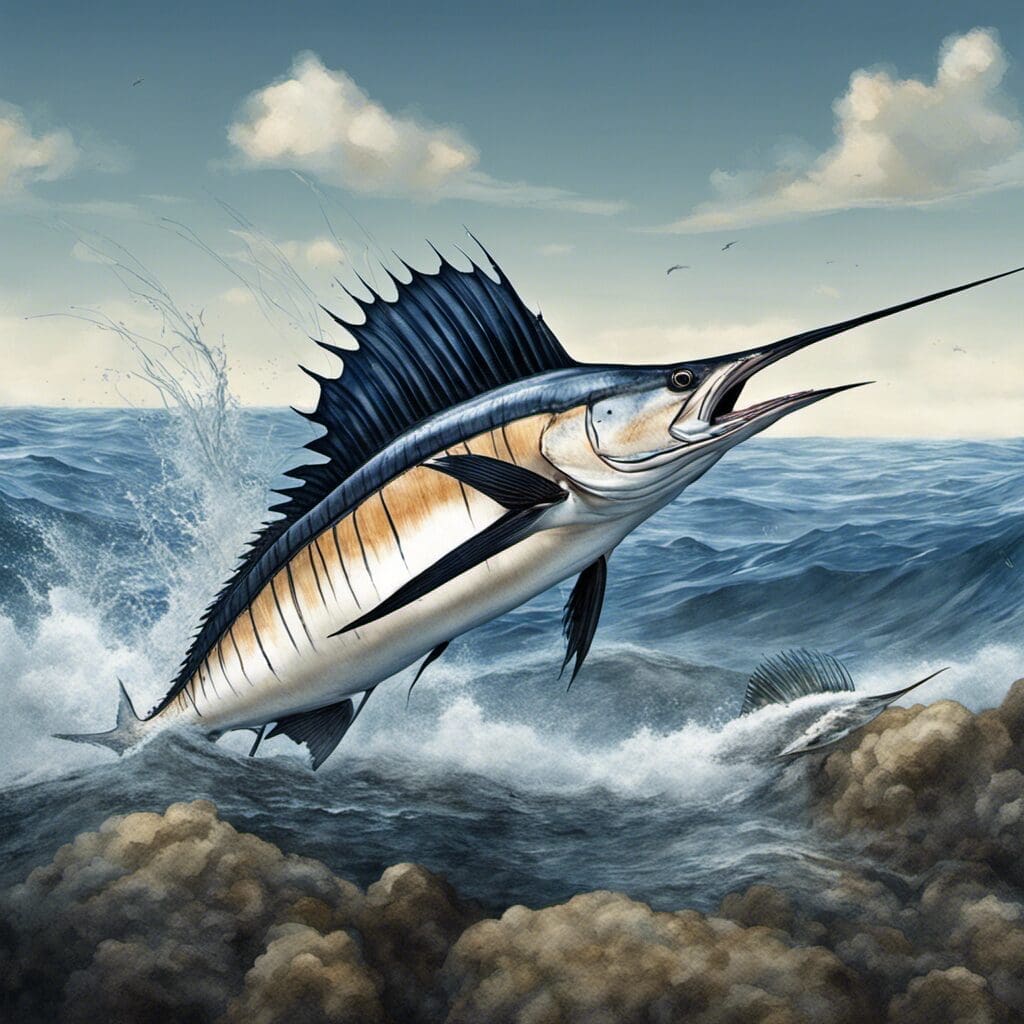Introduction
The Indo-Pacific sailfish, scientifically known as Istiophorus platypterus, belongs to the family Istiophoridae. Known for its prolonged bill similar to a sword, this species is famous for its high speed in the water, reaching up to 68 miles per hour, making it one of the fastest swimmers in the ocean.
Conservation Status
The current status of the Indo-Pacific sailfish falls under the category of “Least Concern” according to the International Union for Conservation of Nature (IUCN). Conservation efforts mainly focus on limiting the by-catch rates through improved fishing protocols and equipment.
Statistics
| Average Length | Range of Length | Average Weight | Range of Weight | Average Lifespan |
|---|---|---|---|---|
| 3.05m(10ft) | 2.4-3.7m(7.9-12ft) | 60kg(130lb) | 58-90kg(128-198lb) | 13-15 years |
Distribution
Indo-Pacific sailfish have a wide range distributed in the both the Indian and Pacific Oceans. Though mostly found in warmer and tropical waters, these fish can be spotted as far as Sydney. They are highly migratory but their migration patterns vary with the temperature, season, and food availability.
Habitats
These extraordinary swimmers stick to warmer, surface waters with a temperature range of 21-28 degrees Celsius. They are typically found in water depths of less than 200 meters.
When and Where to See
The Indo-Pacific sailfish can be spotted throughout the year, particularly during daylight hours. There is a noticeable increase in their presence during the warmer months of the year.
Best Fishing Locations and Tips
The coastal waters of Costa Rica, Mexico, Panama, and the Florida Keys are among the top places to fish for the Indo-Pacific sailfish. For finding sailfish, look for warm currents and areas where birds are diving; these are indicators of potential sailfish feeding grounds.
How to Catch
The ideal bait for attracting Indo-Pacific sailfish are ballyhoo, mullet, and other small fishes. Fishing techniques include trolling and kite fishing. The best time to catch them is early morning or late afternoon.
Identification Guide
The Indo-Pacific sailfish can be identified by its distinctive sail-like dorsal fin, slender body and a long, pointed bill. It is dark blue on top, white below with a silvery sheen.
Culinary Profile
Sailfish meat is firm and lean with a mild flavor, making it ideal for grilling or stir-frying. Sailfish fillets are often marinated before being cooked to enhance their flavor.
Additional Information
The Indo-Pacific Sailfish feeds on squid and pelagic fishes. This species is solitary or moves in small groups. They communicate with each other by changing the colors of their bodies.
References and Further Reading
- FishBase
- Florida Museum of Natural History
- IUCN - Indo-Pacific Sailfish

